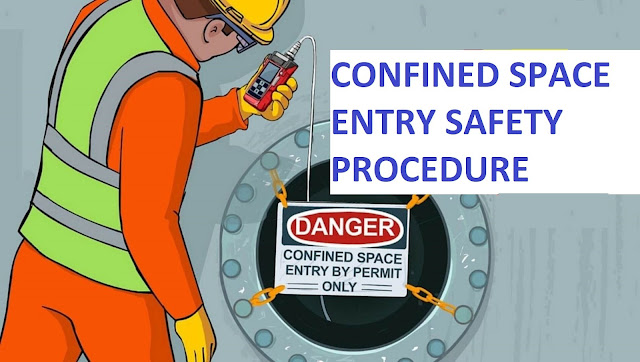Major Industrial Accident Documentary
Case Study
Confined Space Entry Safety Procedure
PIPER ALPHA ACCIDENT CASE STUDY
Basic Info about Piper Alpha Disaster : It is an oil platform located in the North Sea approximately 120 miles (190 km) north-east of Aberdeen, Scotland. It was operated by Occidental Petroleum (Caledonia) Limited and began production in 1976, initially as an oil-only platform but later converted to add gas production.
An
explosion and resulting oil and gas fires destroyed Piper Alpha on 6 July 1988,
killing 167 people, including two crewmen of a rescue vessel; 61 workers
escaped and survived. Thirty bodies were never recovered. The total insured
loss was about £1.7 billion, making it one of the costliest man-made
catastrophes ever. At the time of the disaster, the platform accounted for
approximately ten percent of North Sea oil and gas production. The accident is
the worst offshore oil disaster in terms of lives lost and industry impact.
Info
from : en.wikipedia.org
BHOPAL GAS TRAGEDY | DISASTER - DOCUMENTARY
Basic Info about Bhopal Gas Disaster : The Bhopal disaster, also referred to as the Bhopal gas tragedy, was a gas leak incident on the night of 2–3 December 1984 at the Union Carbide India Limited (UCIL) pesticide plant in Bhopal, Madhya Pradesh, India. It is considered among the world's worst industrial disasters. Over 500,000 people were exposed to methyl isocyanate (MIC) gas. The highly toxic substance made its way into and around the small towns located near the plant.
Estimates
vary on the death toll. The official immediate death toll was 2,259. In 2008,
the Government of Madhya Pradesh had paid compensation to the family members of
3,787 victims killed in the gas release, and to 574,366 injured victims. A
government affidavit in 2006 stated that the leak caused 558,125 injuries,
including 38,478 temporary partial injuries and approximately 3,900 severely
and permanently disabling injuries. Others estimate that 8,000 died within two
weeks, and another 8,000 or more have since died from gas-related diseases. The
cause of the disaster remains under debate. The Indian government and local
activists argue that slack management and deferred maintenance created a
situation where routine pipe maintenance caused a backflow of water into a MIC
tank, triggering the disaster. Union Carbide Corporation (UCC) argues that
water entered the tank through an act of sabotage.
Info
from : en.wikipedia.org
INDUSTRIAL ACCIDENTS INVESTIGATION / CASE STUDY











